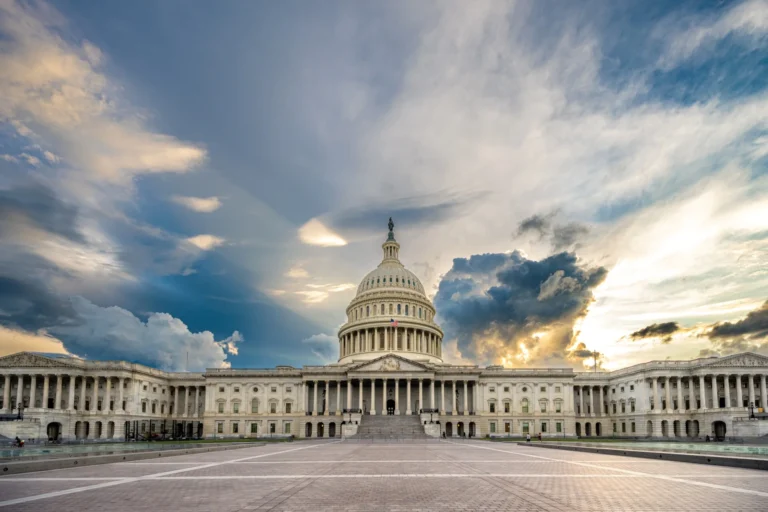U.S. fusion centers quietly have come to the conclusion that there is no constant, nation-wide domestic threat from terrorism. Fusion Centers Discover “Insufficient” Terrorist ActivityBy Cliff Montgomery – June 17th, 2008The Bush Administration established “fusion centers” around the country shortly after 9/11, which were designed as collaborations between intelligence agencies and law enforcement to share counter-terrorism intelligence information. They were to be our first defense from an invisible, ever-present threat forever on the verge of destroying humanity.But seven years later, the fusion centers themselves quietly have come to the conclusion that there is no constant, nation-wide domestic threat from terrorism. In fact, the centers have not always shown their value to either American liberty or its citizen taxpayers, says a recent study on the subject.”Fusion centers emerged almost spontaneously in response to a need by state and local law enforcement for useful and usable intelligence related to the evolving terrorist threat,” states the Naval Postgraduate School master’s thesis of Milton Nenneman, a police officer from Sacramento, CA.But “there is, more often than not, insufficient purely ‘terrorist’ activity to support a multi-jurisdictional and multi-governmental level fusion center that exclusively processes terrorist activity,” stated Lt. Nenneman.Nenneman based the findings of his paper on surveys, interviews and literature reviews of California fusion centers. The work was a postgraduate study delivered to the Naval Postgraduate School of Monterey, CA, in March of this year.The officer certainly acknowledges that terrorism is a real, palpable threat to American lives.But al-Qaeda is practically the only terrorist group with both the funds and the knowledge to produce any kind of broad threat to Americans, and it realistically cannot produce a sustained military or social threat against the United States, as a recent American Spark article made clear. So if fusion centers across the U.S. have not been employing their powers to look for terrorists, what have they been doing with their time and our money?”The vast majority of fusion centers…have taken an all-crimes approach to fusion analysis within their jurisdictions (‘all crimes’…is usually meant to be certain organized crimes or major crimes such as narcotics, crimes of violence and gangs, or crimes that may be used to support terrorism efforts here or abroad such as financial crimes or fraud),” writes Lt. Nenneman.”The CRS [Congressional Research Service] report for Congress, [entitled] Fusion Centers: Issues and Options for Congress, reported that less than 15 percent of current fusion centers operate with a solely counter-terrorism posture,” continued Nenneman’s thesis.This would seem to raise numerous questions about the fusion centers’ combination of federal intelligence agency and local law enforcement efforts.For instance, do intelligence agencies often work with local police leaders to keep a constant watch on numerous American citizens, for reasons which have nothing at all to do a conceivable terrorist threat? And can any “unusual” happening get any U.S. citizen watched?Lt. Nenneman appears to admit as much. He quotes an October 2002 report from the Markle Foundation Task Force, ironically entitled, Protecting America’s Freedom in The Information Age, which Nenneman employed to emphasize what he says is law enforcement’s “potential for contribution to the counter-terrorism effort”:
- Likely terrorists are often encountered, and the targets they might attack are protected, by local officials — a cop hearing a complaint from a landlord, an airport official who hears about a plane some pilot trainee left on the runway, an FBI agent puzzled by an odd flight school student in Arizona, or an emergency room resident trying to treat patients stricken by an unusual illness.
Of course, a landlord often complains about a tenant; a pilot trainee often makes foolish mistakes (and hearsay about pilot trainee mistakes is even more common); people often can seem “odd”; patients are sometimes struck by an illness or malady that emergency room residents don’t normally treat.In the past, such matters usually would have made you a harmless oddball, or merely unfortunate. But if we correctly grasp the Markle Foundation study and Lt. Nenneman’s thesis, such a happening now may get an American citizen constantly watched, discussed and judged by the combined entities of local law enforcement and the most massive, powerful federal government on Earth.And it is all done through “counter-terrorist” centers which openly admit that they almost never watch potential terrorists.Perhaps because he is a police officer, Lt. Nenneman writes only of conceivable ways to increase law enforcement. Thus he sometimes fails to recognize a potential threat to liberty in the fusion centers’ extra-terrorism activity.But we think Lt. Nenneman may have missed the essential question revealed by his eye-opening analysis: Why are we allowing this dangerous combination of federal intelligence agencies and local law enforcement to continue, when there simply is too little terrorist activity to justify such a potential threat to American democracy?Like what you’re reading so far? Then why not order a full year (52 issues) of thee-newsletter for only $15? A major article covering an story not being told in the Corporate Press will be delivered to your email every Monday morning for a full year, for less than 30 cents an issue. Order Now!





